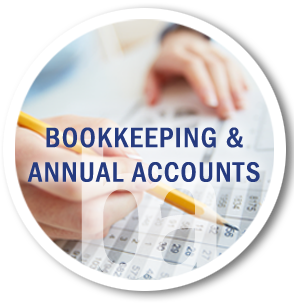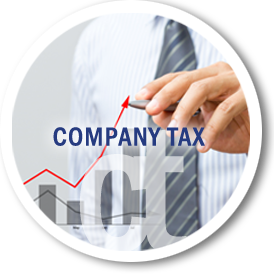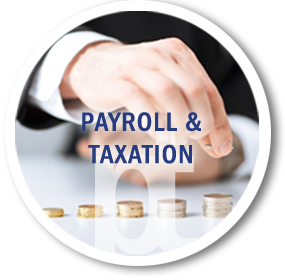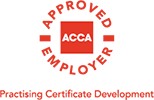It is not uncommon for directors of a company to take loans from the business during each financial year, often to cover unexpected bills.
However, you must keep track of any directors’ loans – money withdrawn from the company that is not a salary, dividend, or business expense repayment or a loan made by a director to the company – in a directors’ loan account (DLA).
A DLA is crucial for establishing your personal and company tax obligations.
There is no legal limit on how you can borrow, but if you withdraw more than £10,000 from your company, then interest or a Benefit in Kind charge must be paid by the director.
Here are three easy ways to manage your directors’ loan accounts.
Interest on loans
Your company has the freedom to set the interest rate on any loan it provides to a director.
That said, if the interest is set below HMRC’s official rate, the difference could be treated as a taxable benefit.
In other words, the director may face a personal tax charge based on the gap between the rate they are paying and the official rate set by HMRC.
It is worth noting that HMRC’s official interest rate is not fixed. It can fluctuate in response to changes in the Bank of England base rate.
Avoid being overdrawn at the financial year-end
Being overdrawn on a DLA can carry a number of significant tax implications.
If the DLA of a close company (i.e., a company with fewer than five directors) is in debit nine months and one day after the organisation’s year end, a tax charge called a Section 455 (S455) will apply at a rate of 33.75 per cent.
S455 is repayable to your company nine months after the end of the accounting period in which the loan was repaid.
On top of that, if the loan remains outstanding nine months after the end of the company’s accounting period, a Section 455 Tax charge of 15 per cent may apply.
However, the time between paying the loan and receiving a tax refund could negatively affect your company’s cash flow, so it is best to avoid being overdrawn at the financial-year end, where possible.
Reduce Corporation Tax on company loans
Corporation Tax is not liable on the money you lend to your company.
If you charge interest on a loan to the company, this will count as both personal income for you and a business expense for the company.
You must report your income on a Self-Assessment tax return, while the company must report and pay Income Tax (minus the interest) at the basic rate of 20 per cent every quarter using form CT61.
Contact us today for further advice on managing your directors’ loan accounts.






